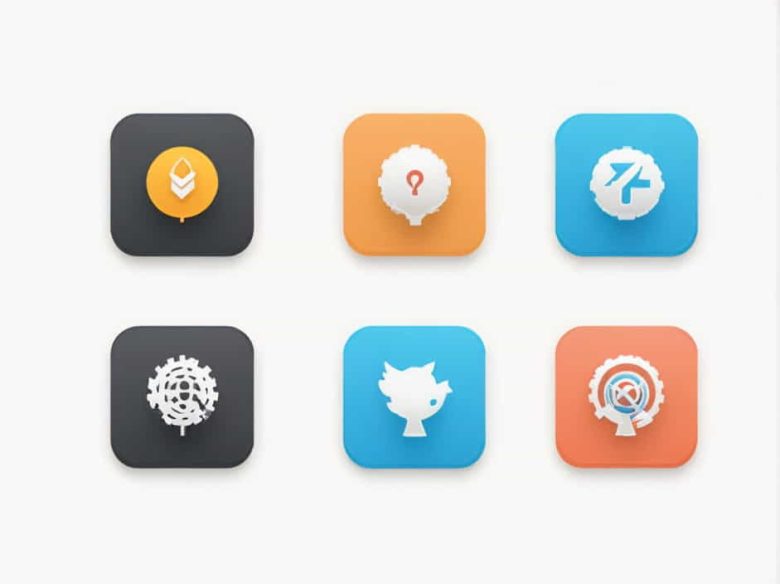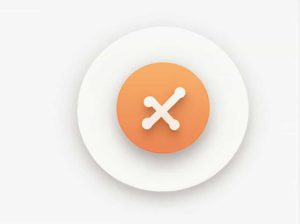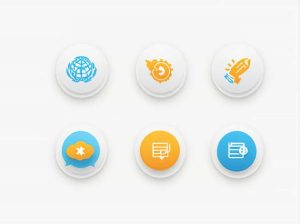Effective teaching is not just about delivering information; it’s about ensuring students understand and retain what they learn. Sometimes despite a teacher’s best efforts students may struggle with a concept. When this happens reteaching becomes necessary. But how do you know when to reteach a lesson?
This topic explores key indicators that suggest a lesson needs to be retaught effective strategies for reteaching and how to assess student understanding for better learning outcomes.
1. Signs That a Lesson Needs to Be Retaught
Not every misunderstanding requires reteaching. However there are clear signs that indicate when a lesson didn’t resonate with students.
1.1 Poor Assessment Results
One of the most obvious indicators is when a large percentage of students fail a quiz test or class activity. If most students score below expectations it suggests they did not grasp the key concepts.
What to do?
- Analyze test results to identify common mistakes.
- Adjust teaching methods to address misunderstandings.
1.2 Students Show Confusion
If students frequently ask the same questions or look lost during a lesson it may indicate that the material wasn’t clear.
What to do?
- Observe body language and facial expressions.
- Ask students to summarize what they’ve learned to gauge understanding.
1.3 Difficulty Applying Knowledge
Students may recall facts but struggle to apply them to real-world scenarios or problem-solving tasks. This suggests they need more practice or a different approach to learning.
What to do?
- Use hands-on activities and practical examples.
- Relate concepts to familiar situations.
1.4 Lack of Engagement
If students seem bored disengaged or uninterested it might indicate that the teaching method wasn’t effective.
What to do?
- Use interactive activities such as discussions games or group work.
- Change instructional methods to suit different learning styles.
1.5 Widespread Misconceptions
If multiple students share the same misunderstanding it’s likely a result of unclear instruction.
What to do?
- Clarify misconceptions using examples and analogies.
- Encourage students to explain concepts in their own words.
2. When to Reteach a Lesson?
Timing is crucial when deciding to reteach a lesson. The goal is to intervene early before misunderstandings become deeply ingrained.
2.1 Immediately After a Lesson
If students show signs of confusion during or right after a lesson it’s best to reteach the material immediately.
How?
- Use a different approach such as storytelling or hands-on demonstrations.
- Break the concept into smaller simpler steps.
2.2 Before a Major Assessment
If a review session reveals gaps in understanding reteaching can help students succeed on upcoming exams.
How?
- Conduct a quick recap using interactive methods.
- Provide additional practice problems.
2.3 After Assessing Student Performance
If a large portion of the class performs poorly on a test or quiz reteaching may be necessary.
How?
- Focus on areas where students struggled the most.
- Encourage peer teaching to reinforce learning.
2.4 When Introducing Advanced Topics
If a new lesson builds on previous knowledge ensure students fully understand the basics before moving forward.
How?
- Review foundational concepts before introducing more complex ideas.
- Use real-life examples to strengthen understanding.
3. Effective Strategies for Reteaching
Reteaching doesn’t mean repeating the lesson in the same way. Instead adjust teaching methods to better suit student needs.
3.1 Use a Different Teaching Method
If students didn’t understand a concept through lectures try:
- Visual aids (charts diagrams videos).
- Hands-on activities (experiments models).
- Group discussions to encourage peer learning.
3.2 Simplify the Material
Break complex concepts into smaller digestible parts and use clear everyday language.
3.3 Incorporate Interactive Learning
Engage students through:
- Games and quizzes to make learning fun.
- Role-playing for real-life applications.
- Think-pair-share activities to promote discussion.
3.4 Provide Additional Practice
Reinforce learning through:
- Extra worksheets for self-paced practice.
- Online resources such as educational videos or simulations.
3.5 Personalize Learning
Different students learn in different ways. Adapt lessons to various learning styles including:
- Visual learners – Use diagrams and videos.
- Auditory learners – Encourage discussions and storytelling.
- Kinesthetic learners – Use hands-on activities.
4. Assessing Student Understanding After Reteaching
Once a lesson has been retaught it’s important to assess whether students have improved in their understanding.
4.1 Use Formative Assessments
Quick informal assessments help gauge progress. Examples include:
- Exit tickets – Have students write one key takeaway from the lesson.
- Think-alouds – Ask students to explain their thought process.
- Mini-quizzes – Short tests to check comprehension.
4.2 Observe Student Engagement
Are students now participating actively in discussions and asking fewer questions about the same topic? If so reteaching was effective.
4.3 Encourage Self-Reflection
Ask students:
- “What was confusing before that is now clear?”
- “What strategies helped you understand better?”
Encouraging students to reflect on their learning helps reinforce understanding.
Reteaching is an essential part of effective instruction. When students struggle with a concept identifying the right time to reteach and using alternative teaching strategies can make a significant difference in their learning experience.
By recognizing signs of confusion adapting teaching methods and reassessing student progress educators can ensure that every student has the opportunity to succeed.



